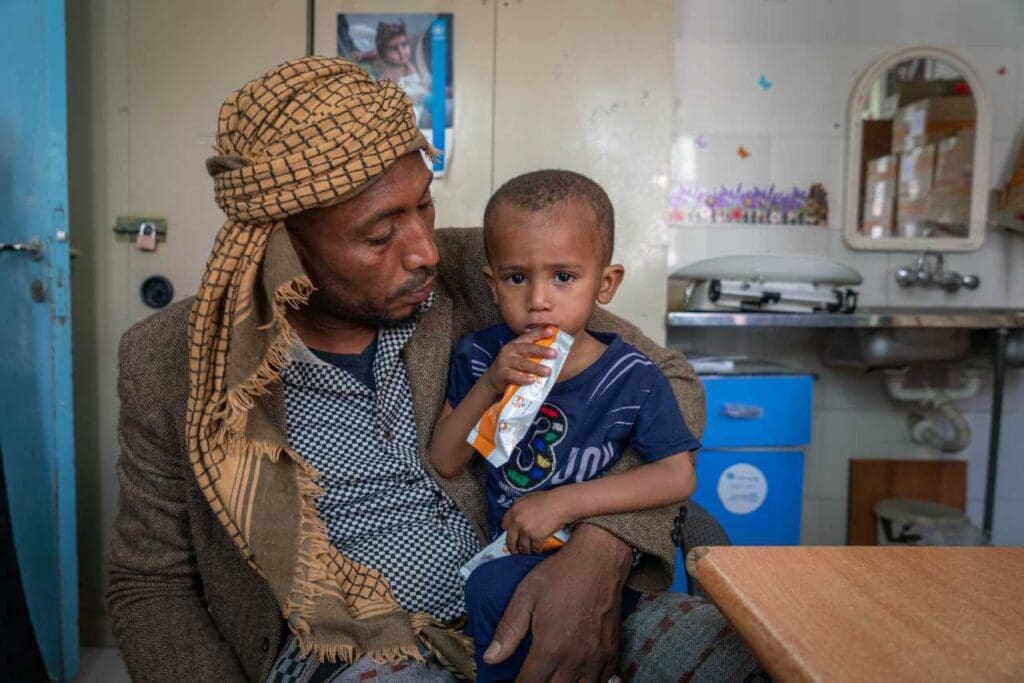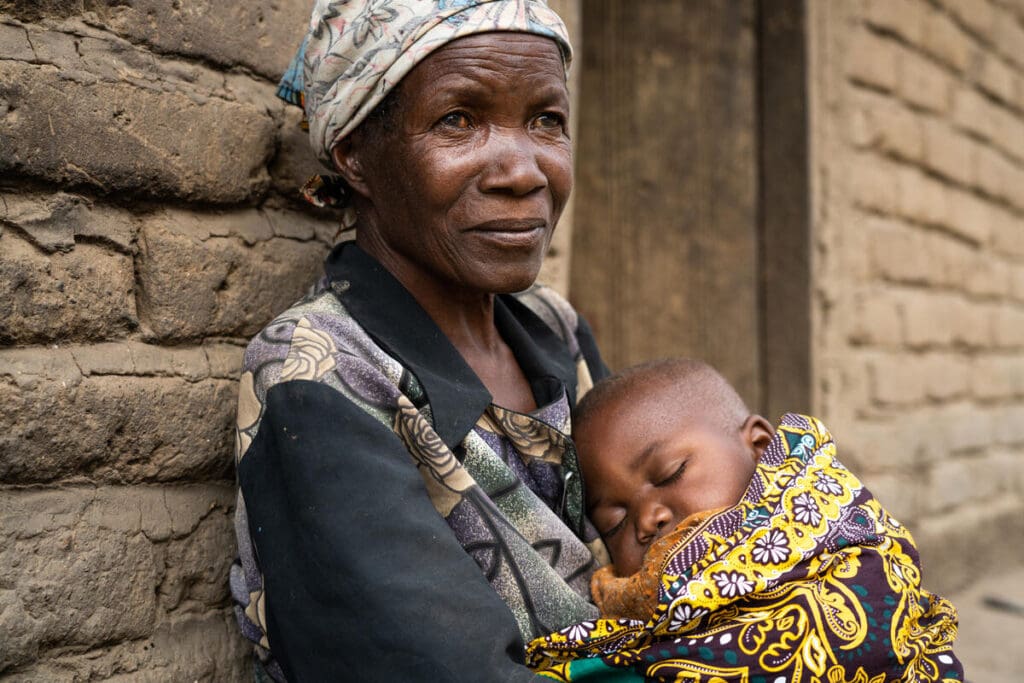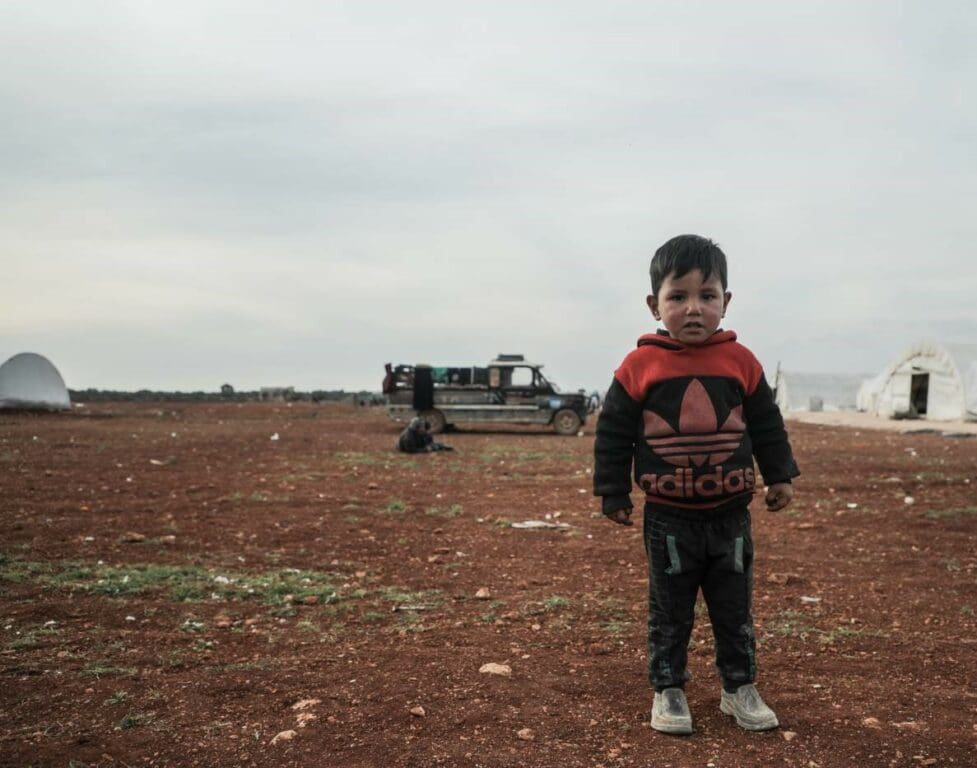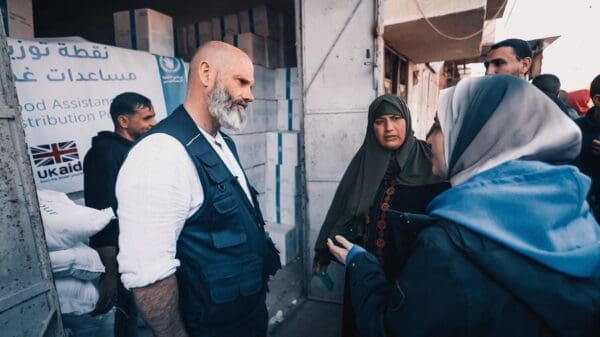
A Nobel Peace Prize for United Nations World Food Programme’s Accomplishments and Growing Challenges Ahead
On Thursday, December 10, United Nations World Food Programme Executive Director, David Beasley, will accept the Nobel Peace Prize. You can watch it live here.
Extraordinary as the recognition is, it will happen this year in a virtual ceremony (available for all to watch online), shorn of the usual pomp and ritual associated with one of the world’s most prestigious tributes.
But for the 20,000 U.N. World Food Programme colleagues around the world for whom Executive Director Beasley will be accepting the Prize, that will hardly tarnish its significance. They work with great sacrifice in the world’s most inhospitable places, providing essential support to hundreds of millions of others caught in the maelstrom of conflict, humanitarian crisis, climate shock and profound poverty.

18-month-old Chifundo lost his mom to illness when he was just two weeks old. Three months later he became malnourished and was enrolled in WFP’s nutrition program in Malawi. Now he lives with his grandmother and his three older siblings.
Nor will it diminish our gratitude for the many partners in the U.N. system and NGO community, as well as the governments and numerous individual donors who have provided funding for our operations in more than 80 countries. That includes the U.S. government, which has been the U.N. World Food Programme’s biggest funder since it began 1961, and thousands of generous individual, corporate and foundation donors from across the United States.
The reason for the Nobel Peace Prize ceremony’s unusual format this year should remind everyone not only of what the world’s largest humanitarian organization has accomplished, but also of the mounting challenges it faces at this time of global pandemic.
In the countries where the U.N. World Food Programme operates, we estimate that more than 270 million people will experience severe hunger by the end of this year, a more than 80 percent increase over 2019.
War and Conflict are Major Causes of World Hunger
In its announcement of this year’s Peace Prize, the Nobel Committee noted, “the link between hunger and armed conflict is a vicious circle: war and conflict can cause food insecurity and hunger, just as hunger and food insecurity can cause latent conflicts to flare up and trigger the use of violence. We will never achieve the goal of zero hunger unless we also put an end to war and armed conflict.”

More than nine years of conflict in Syria have displaced millions of people, upending their lives. This young boy lives in a collective shelter tent in a camp in the northern countryside of Idlib.
In that context, the Committee highlighted how the U.N. World Food Programme has prevented “the use of hunger as a weapon of war and conflict” on the ground, and was a leading advocate for 2018 U.N. Security Council Resolution 2417, which condemns the use of starvation as a method of warfare as well as the unlawful denial of humanitarian access to civilian populations.
At the same time, the U.N. World Food Programme rescues millions who have fallen into food insecurity as a result of conflict, one of the biggest drivers of hunger – often in tandem with extreme weather events and economic failures.
Interrupting the vicious cycle of war and hunger remains a towering challenge. Conflicts continue to appear, simmer and spread, in recent years displacing record numbers of people from their homes and pushing them into the deepest desperation. Indeed, we know that in 8 of the world’s 10 main food crises, conflict and insecurity are among the primary drivers of severe hunger and that about 60 percent of those living with hunger are in countries affected by conflict.
WFP’s Largest Operation: Delivering Food to Yemen
In Yemen, which nearly all agree is the most appalling example today of how the combination of conflict and hunger needlessly threatens millions of lives, the U.N. World Food Programme maintains its largest operation in the world. It has provided food assistance to nearly 13 million people in Yemen out of the 20 million (or two-thirds of the entire population) who are food insecure due to a withering civil war, economic collapse and widespread infectious disease outbreaks.

Two-year-old Rouida is malnourished in Yemen, and her life has been difficult from the start. Here she’s eating PlumpySup, a ready-to-eat supplementary food filled with critical vitamins, minerals, and calories.
While our work has kept Yemen from plunging into all-out famine, the conflict has intensified in 2020, driving up food prices and, with them, the number of people who are hungry. Funding shortfalls this year have also forced the U.N. World Food Programme to reduce assistance in some parts of Yemen, just as demand is rising, pushing the country closer to the edge of famine.
The situation in Yemen reflects the challenges we are facing to stem the rise in hunger worldwide:
The number of people we are aiming to serve in 2020 went up to 138 million people from nearly 100 million in 2019 – largely under the burden of the COVID-19 pandemic. At the same time, we are on track to raise just $7.8 billion in 2021, a little more than half of the $15.1 billion we will need.
Much as we are humbled by and proud of the Nobel Committee’s ultimate acknowledgment of all the U.N. World Food Programme has done to provide the most vulnerable people on the planet get the food they need to survive, we are just as grateful to it for highlighting the growing need in the immediate future.
Millions of people we aim to serve around the globe are depending on us.




